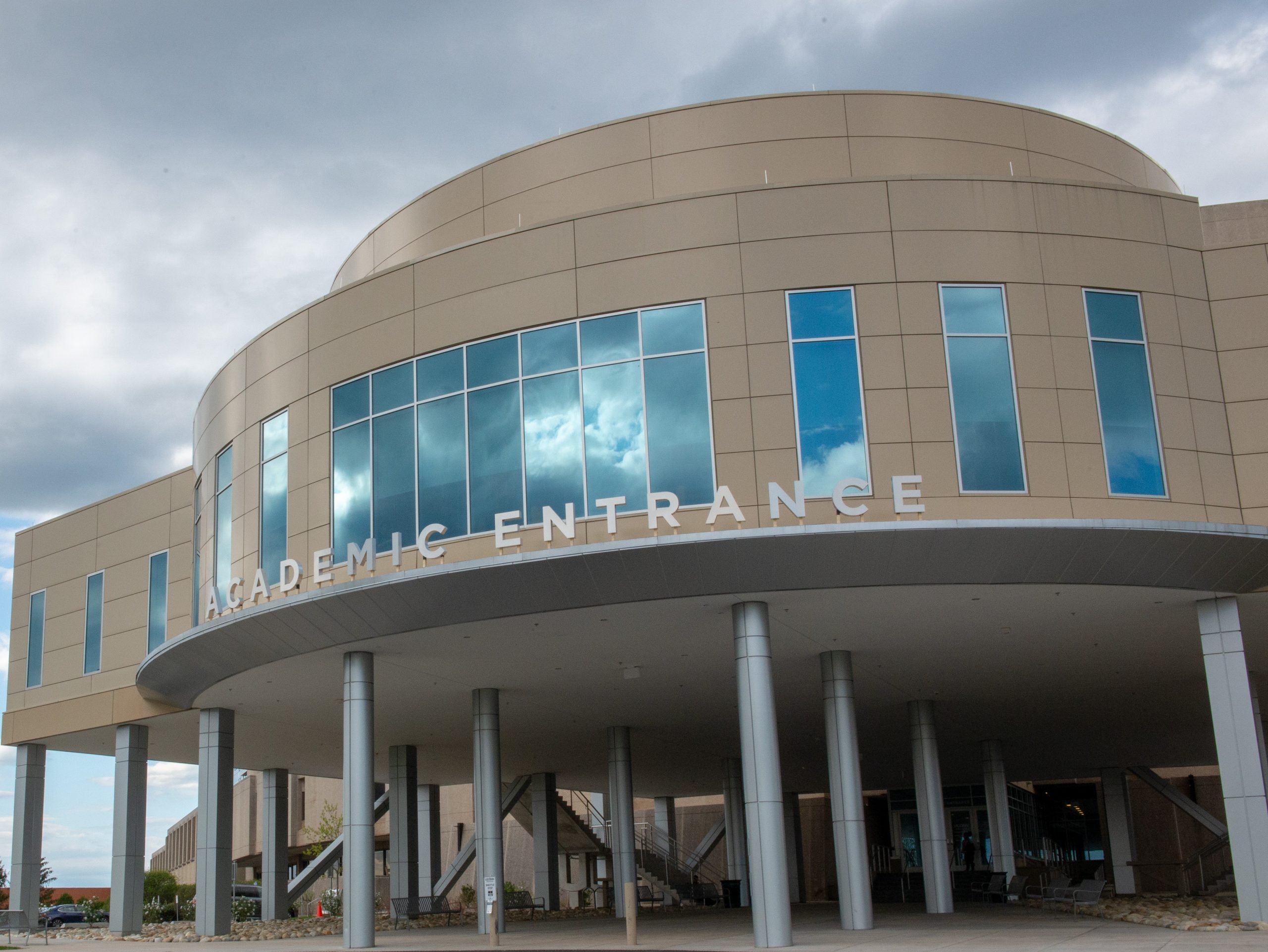A paper by researchers in the College of Agriculture, Health and Natural Resources highlights the challenges and some unexpected benefits farm businesses in Connecticut and New York faced during the height of the COVID-19 pandemic.
As COVID-19 disrupted the global food supply chain and travel was restricted, many people turned to local farms for food and recreation. At the same time, farmers faced significant labor shortages, alongside many other industries.
Assistant Professor Cristina Connolly and Delfavero Endowed Professor Charles Towe from the Department of Agricultural and Resource Economics and Associate Professor Anita Morzillo from the Department of Natural Resources and the Environment conducted this work. Carolanne Cusack ’23 (CAHNR) participated in the study as an undergraduate research assistant. Their work was published in Choices.
Agritourism, wherein farmers provide recreational or educational activities to encourage people to visit their farm, along with the opportunity for the public to buy directly from the farms, is common practice among farm operations in the Northeast. This is often because New England farms are much smaller than those in the Midwest that are the primary suppliers for commercial outlets like supermarkets.
“It is very hard for small producers to compete with established, largescale supply chains,” Connolly says. “So, their best way to remain competitive is to have a value proposition beyond the commodity product.”
The team contacted farmers to encourage them to participate in the online survey about how the pandemic impacted their business. In total, 120 farmers responded.
From this survey, they learned that 68% of operations had at least one positive impact, such as more customers or new operations, and only 44% noted a negative impact, like fewer customers or halting operations in some way.
They found that the lockdowns pushed many farmers to establish an online presence for the first time which they said helped their business during the pandemic. Some farmers simply established a Facebook page for their business while others allowed online ordering and other services.
“This was the push they needed, and it was really positive,” Cusack says.
A major issue farmers faced was a labor shortage during the pandemic. This led some to shut down parts of their operations or take on additional work themselves.
The researchers found that no matter what platforms or methods the farmers were using to hire, none were working well. The researchers did note that there is potentially an untapped seasonal labor force in college students.
“I do think there is a missing link between students who are seeking experiential activities and local businesses and agribusinesses that are seeking people to work on the farm,” Connolly says.
Initially, the researchers were interested in these labor shortages. Morzillo, however, wanted to broaden the scope of the project to include a focus on recreation and how the increased focus on local outdoor activities during the pandemic impacted farm businesses.
Morzillo focused on the relationship between outdoor recreation and agritourism and direct marketing. In many instances, the farm was not the primary activity for people, but a stop on their way to or from another attraction, like a state park.
During the pandemic, because people could not travel, many started frequenting local outdoor attractions, including farms, to a greater extent.
“They might be looking for food afterward or they might pass a farm stand and stop by to see what’s there,” Morzillo says.
The team is now interested in looking at what changes from the pandemic have persisted in terms of increased local visitors and local recreation, labor shortages, and online practices.
In focusing on the challenges these businesses face, Connolly says she hopes their work can shed light on areas where support is needed, especially as supporting local farms ultimately feeds local economies more generally.
“We know there’s value to having natural resources and having these farm operations in terms of economic value,” Connolly says. “If you’re thinking about tourism and attracting people, when you have this pastoral landscape, it’s easier to attract visitors who then spend money in the local economy. There’s clearly economic benefits to helping these kinds of entities succeed.”
This work was funded through a grant from the CAHNR Strategic Vision Implementation Committees.
This work relates to CAHNR’s Strategic Vision area focused on Ensuring a Vibrant and Sustainable Agricultural Industry and Food Supply.
Follow UConn CAHNR on social media



